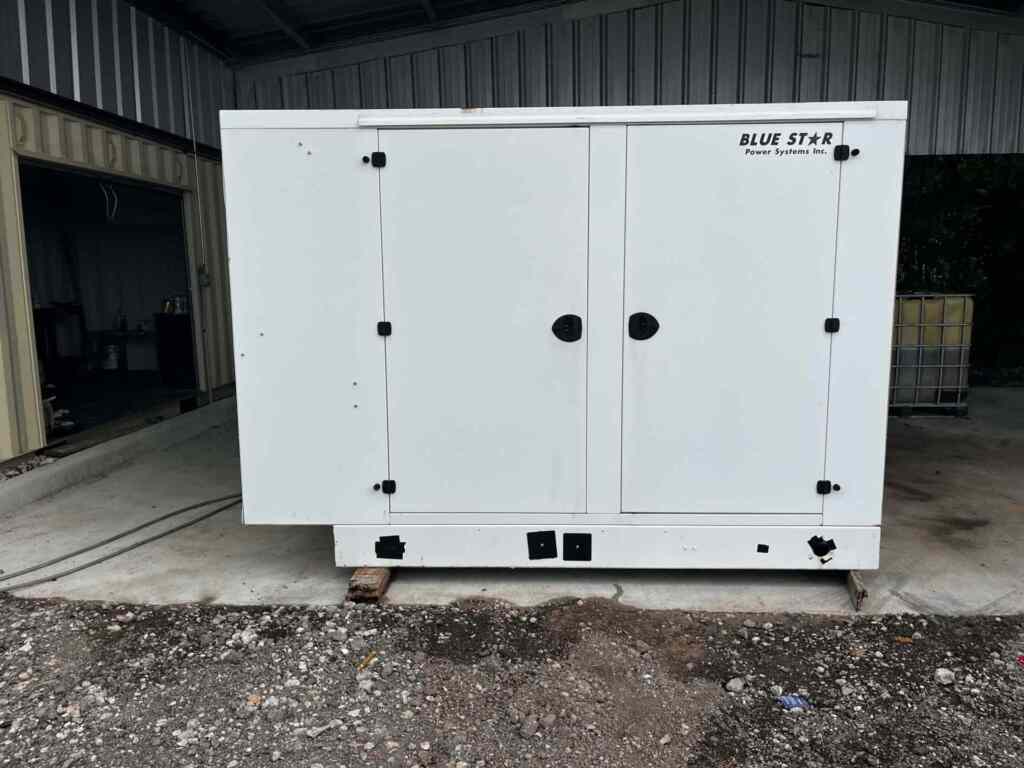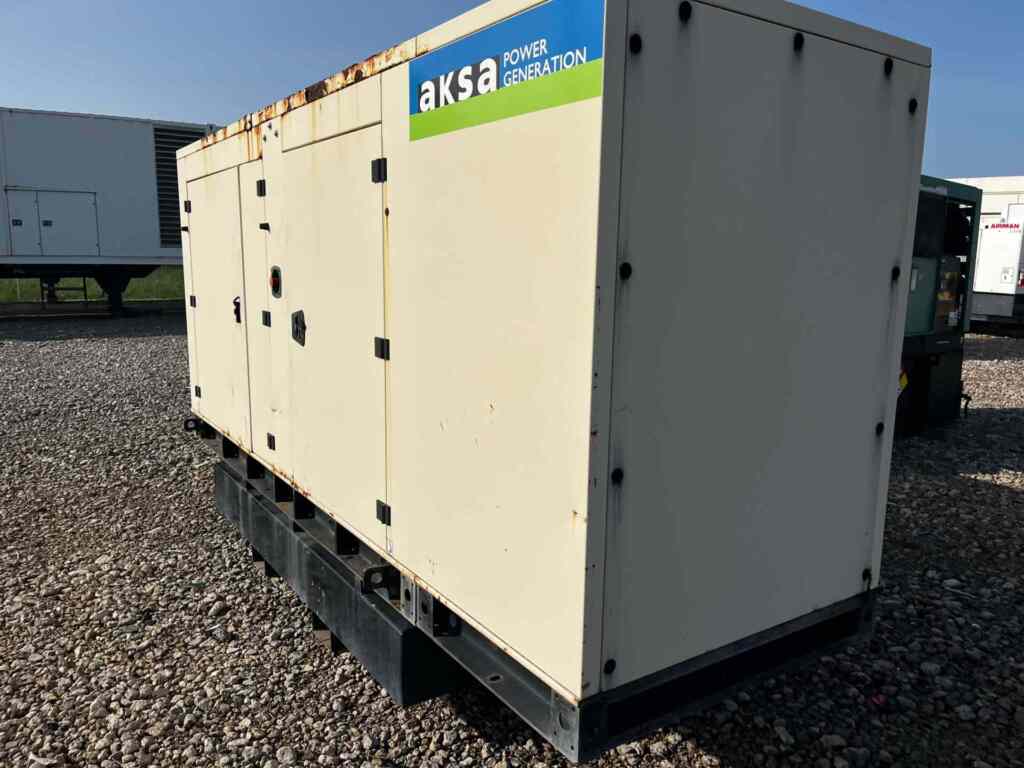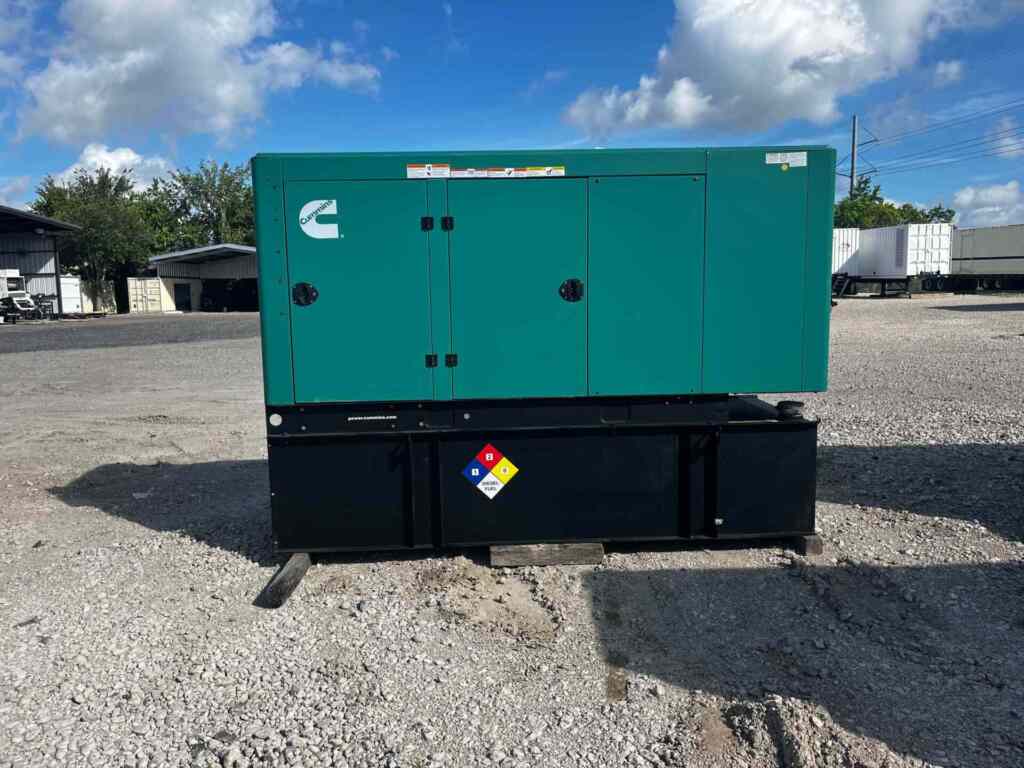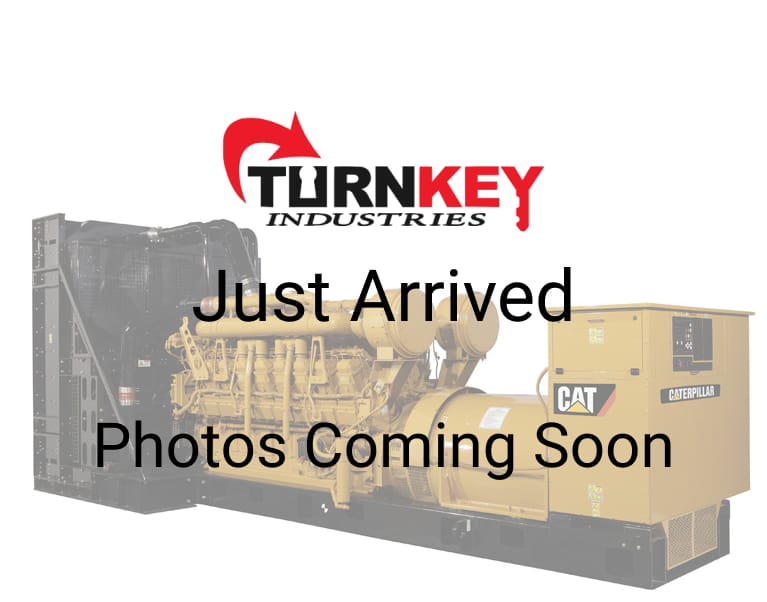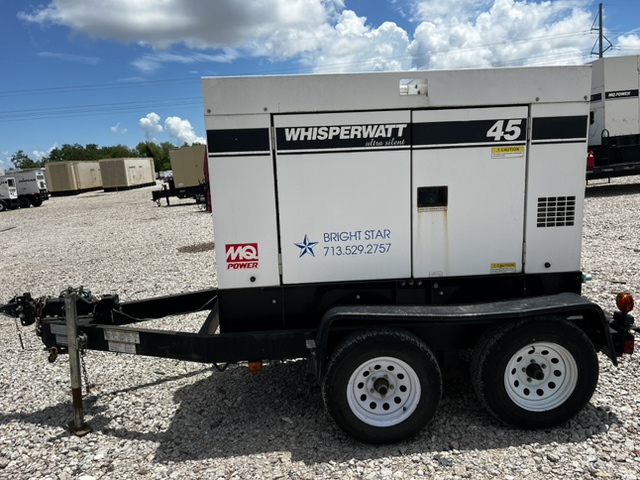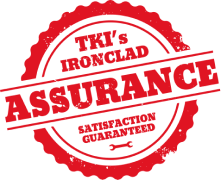Industries like construction, healthcare, and farming depend on generators to keep their operations moving when the grid is down. But older diesel generators create dirty air by releasing harmful gases. This pollution can affect people’s health and harm the environment.
To reduce this problem, the EPA has created a “tier ratings” system that limits the amount of pollution a generator can make. Tier-rated generators follow these rules and use cleaner technology to protect the air while still providing strong, reliable power.
What Are Tier-Rated Generators?
Tier-rated generators are diesel or natural gas-powered units that comply with EPA emission standards for non-road engines. These standards are segmented into multiple tiers—Tier 1 through Tier 4 Final—each enforcing progressively stricter emission limits. The goal is to drive cleaner combustion technology, ultimately leading to near-zero emissions from stationary and mobile industrial generators.
The tier rating system specifically regulates:
- Particulate Matter (PM)
- Nitrogen Oxides (NOx)
- Carbon Monoxide (CO)
- Non-methane Hydrocarbons (NMHC)
Engines built to meet higher tier standards (such as Tier 4 Final) utilize advanced technologies like selective catalytic reduction (SCR), diesel particulate filters (DPF), and exhaust gas recirculation (EGR) to meet the strictest emission requirements.
Cleaner Air Through Lower Emissions
One of the most significant environmental benefits of tier-rated generators is the noticeable improvement in local and regional air quality. Emissions from outdated diesel engines contain soot, smog-forming gases, and toxic compounds. These pollutants contribute to respiratory diseases, environmental degradation, and even climate change.
Tier 4 Final generators reduce PM and NOx emissions by over 90% compared to Tier 1 models. That drop translates into less pollution in densely populated or sensitive areas, including near schools, hospitals, and residential zones where air quality is especially critical.
Industries operating near EPA-designated nonattainment zones are increasingly required to use tier-compliant power systems. Adopting these cleaner units ensures compliance while reducing the environmental footprint.
Key Environmental Advantages
Tier-rated generators help businesses operate in ways that are both cleaner and smarter. They release less pollution, use less fuel, and make less noise. This means better air, lower costs, and a smaller impact on the environment. Below are some of the key ways these generators help protect people and the planet.
| Environmental Benefit | Description |
| Lower Emissions | Significant reduction in NOx, PM, CO, and HC improves air quality. |
| Fuel Efficiency | Advanced engines operate more efficiently, reducing fuel consumption and carbon output. |
| Noise Reduction | Modern tier-rated engines operate more quietly, decreasing noise pollution. |
| Climate Impact | Lower greenhouse gas emissions help mitigate climate-related risks. |
Industry Impact and Compliance Requirements
Industries including construction, manufacturing, oil and gas, and data centers are shifting toward tier-compliant generators to meet environmental regulations. Federal and state-level mandates often require emissions-certified equipment on job sites or within certain zones. Contractors using non-compliant generators may face penalties, project delays, or bidding restrictions.
Switching to tier-rated generators positions companies as proactive environmental stewards. It also supports ESG (Environmental, Social, and Governance) goals, which are becoming a standard part of procurement and partnership evaluations in both public and private sectors.
Cost-Effectiveness of Upgrading to Tier-Rated Units
While Tier 4 Final generators may have a higher upfront cost, they provide long-term savings. Lower fuel consumption and reduced maintenance costs improve overall return on investment. Additionally, newer units are less prone to breakdowns and have longer lifespans, especially when maintained under manufacturer-recommended service intervals.
Pre-owned Tier 2 and Tier 3 generators offer a balance between performance, cost, and compliance. For operations outside the strictest emission zones, these mid-tier units can be a smart choice, delivering strong output with a modest emissions profile.
Technology Behind Tier Compliance
Modern tier-rated generators rely on a combination of mechanical and electronic systems to control emissions. These include:
- Diesel Particulate Filters (DPF): Trap and oxidize soot particles before they exit the exhaust.
- Selective Catalytic Reduction (SCR): Inject urea-based solution (DEF) into the exhaust to reduce NOx.
- Exhaust Gas Recirculation (EGR): Circulates a portion of exhaust gases back into the intake to reduce combustion temperature and NOx formation.
- Electronic Control Modules (ECM): Monitor engine conditions and optimize emissions output in real-time.
This blend of hardware and intelligent software allows generators to maintain compliance without sacrificing power output or efficiency.
Used Tier-Rated Generators as Sustainable Solutions
Acquiring a used Tier 2 or Tier 3 generator is a practical solution for many businesses seeking cleaner energy without the price tag of new equipment. When sourced from a trusted provider, pre-owned generators can deliver dependable performance and environmental compliance.
Reusing and repurposing industrial generators also contributes to environmental conservation by reducing the demand for new manufacturing and minimizing waste. This aligns with circular economy practices and reinforces sustainability goals across the supply chain.
Choosing the Right Tier-Rated Generator for Your Operation
Not all generators are the same. To get the best results, businesses need to choose a tier-rated generator that fits their needs. The right choice helps avoid downtime, saves fuel, and follows local clean-air rules. Before buying, it’s important to think about a few key things:
- Location-based emissions regulations
- Power requirements (kW capacity)
- Run-time expectations and fuel efficiency needs
- Budget and lifecycle planning
Matching these requirements with the appropriate generator ensures your operations remain uninterrupted while meeting or exceeding environmental standards. Consulting with a supplier who understands EPA regulations and generator capabilities is critical when evaluating options.
Supporting Cleaner Air with Turnkey Industries
Businesses that care about clean air and lower pollution can count on Turnkey Industries for high-quality, pre-owned tier-rated generators. With over 15 years of experience, we help companies across the U.S. and beyond find the right EPA-compliant power solutions—fast and ready to use.
Every generator we sell is:
- Fully inspected, serviced, and load bank tested
- Ready for immediate use on delivery
- Available in Tier 2, Tier 3, or Tier 4 options
- From top brands like Caterpillar, Cummins, Kohler, and Baldor
We serve many industries, including:
- Hospitals and healthcare facilities
- Construction and infrastructure projects
- Farms and aquaculture systems
- Remote sites that need backup power
Turnkey Industries is a trusted partner for companies that want cleaner, reliable power. If you’re looking to upgrade your equipment or meet emissions requirements, we’re here to help.
Contact us today to find the right tier-rated generator for your business needs.
 Turnkey Industries offers a variety of high-capacity
Turnkey Industries offers a variety of high-capacity 